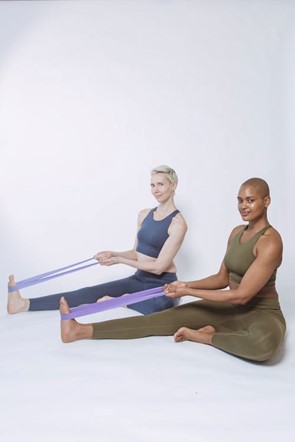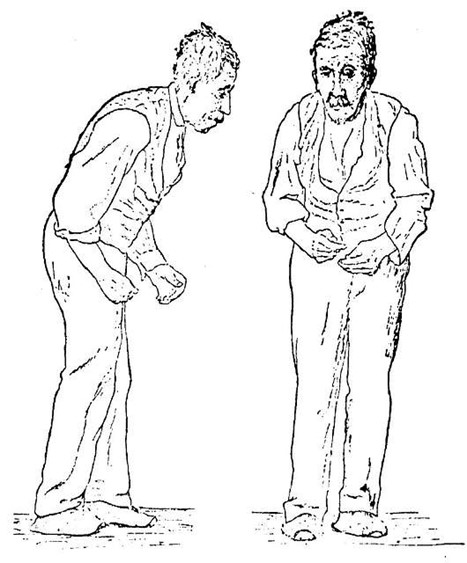How to Identify and Eliminate Household Hazards to Prevent Falls in Seniors
Falls are a leading cause of injury among seniors, often resulting in serious consequences such as fractures, loss of independence, and in some cases, even death. Preventing falls in the home is crucial for the well-being of older adults. This blog will guide you through identifying common household hazards and offer practical tips on how to eliminate them to ensure a safer environment for seniors.
- Assessing the Home Environment
Begin by conducting a thorough assessment of the home environment. Walk through each room and look for potential hazards that could cause a fall. Pay particular attention to high-traffic areas such as hallways, living rooms, kitchens, and bathrooms.
Common Hazards to Look For:
- Loose Rugs and Carpets: These can easily slip or trip someone. Ensure all rugs have non-slip backing or consider removing them altogether.
- Clutter: Objects on the floor or in pathways can be tripping hazards. Keep walkways clear of clutter, such as shoes, books, and electrical cords.
- Poor Lighting: Dimly lit areas can obscure potential hazards. Ensure all rooms, hallways, and stairs are well-lit. Use nightlights in bedrooms and bathrooms.
- Securing Staircases and Steps
Stairs are a significant fall risk, particularly for those with mobility or vision issues. Here’s how to make them safer:
- Install Handrails: Ensure there are sturdy handrails on both sides of the staircase. Check that they are securely attached and extend the full length of the stairs.
- Improve Visibility: Mark the edges of steps with contrasting tape to make them more visible. Ensure staircases are well-lit, with light switches at both the top and bottom.
- Keep Steps Clear: Remove any objects from the stairs and keep them free of clutter.
- Making Bathrooms Safer
Bathrooms are another high-risk area for falls. Water and smooth surfaces can create slippery conditions. Consider the following modifications:
- Grab Bars: Install grab bars next to the toilet and in the shower or bathtub to provide support.
- Non-Slip Mats: Place non-slip mats in the bathtub and on the bathroom floor to prevent slipping.
- Raised Toilet Seats: A raised toilet seat with armrests can make it easier for seniors to sit down and stand up.
- Optimizing the Living Areas
Living areas should be arranged to minimize the risk of falls. Here’s how to do it:
- Furniture Arrangement: Arrange furniture to create clear pathways and ensure that commonly used items are within easy reach.
- Avoid Low Furniture: Chairs and sofas that are too low can be difficult to get up from. Consider using furniture with a higher seat height.
- Use Assistive Devices: Consider using assistive devices such as canes or walkers if mobility is an issue. Ensure these devices are always within reach.
- Enhancing Kitchen Safety
The kitchen is a busy area that can pose several risks. To keep it safe:
- Store Items Within Reach: Place frequently used items on lower shelves to avoid the need for reaching or climbing.
- Clean Spills Immediately: Ensure any spills are cleaned up immediately to prevent slipping.
- Use Non-Slip Mats: Place non-slip mats in front of the sink and stove.
- Addressing Outdoor Hazards
Don’t forget to check outdoor areas, as they can also present fall risks.
- Secure Pathways: Ensure that all pathways are even and free of cracks. Repair any damaged walkways promptly.
- Install Handrails: Handrails on outdoor steps can provide additional support.
- Clear Debris: Regularly clear leaves, snow, and other debris from walkways and driveways.
- Regular Maintenance and Check-Ups
Finally, regular maintenance and check-ups are essential for fall prevention. Conduct periodic assessments of the home to identify new hazards and make necessary adjustments. Encourage regular health check-ups for seniors, as vision, balance, and strength play significant roles in fall prevention.
To learn more, check out this summary from
University Hospitals.
By identifying and eliminating household hazards, you can create a safer environment that allows older adults to maintain their independence and enjoy a higher quality of life. Remember, a little effort in making the home safe can go a long way in preventing potentially devastating falls.
It’s a fantastic idea also to incorporate supplements from the
Asher Longevity Institute. By doing so, we can enhance your body’s overall health and well-being.




